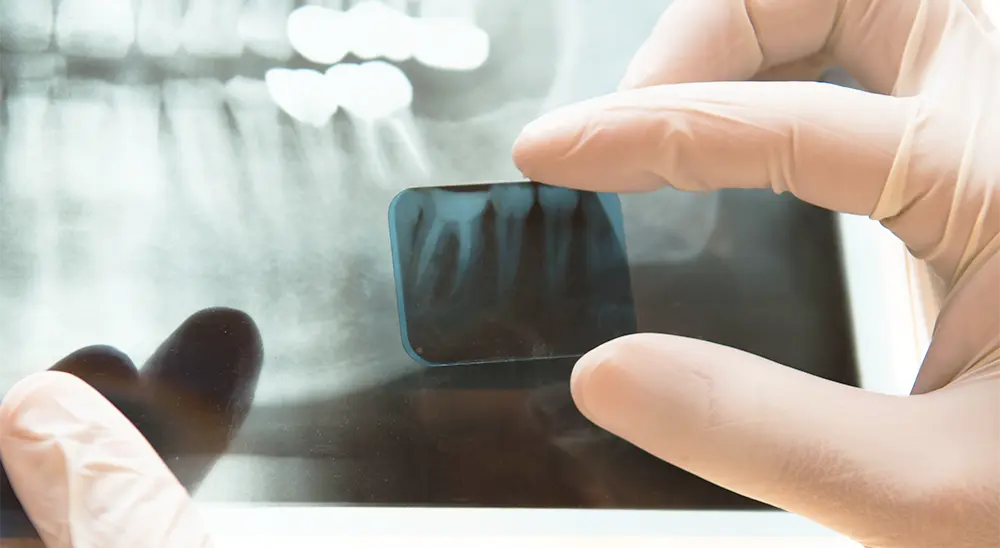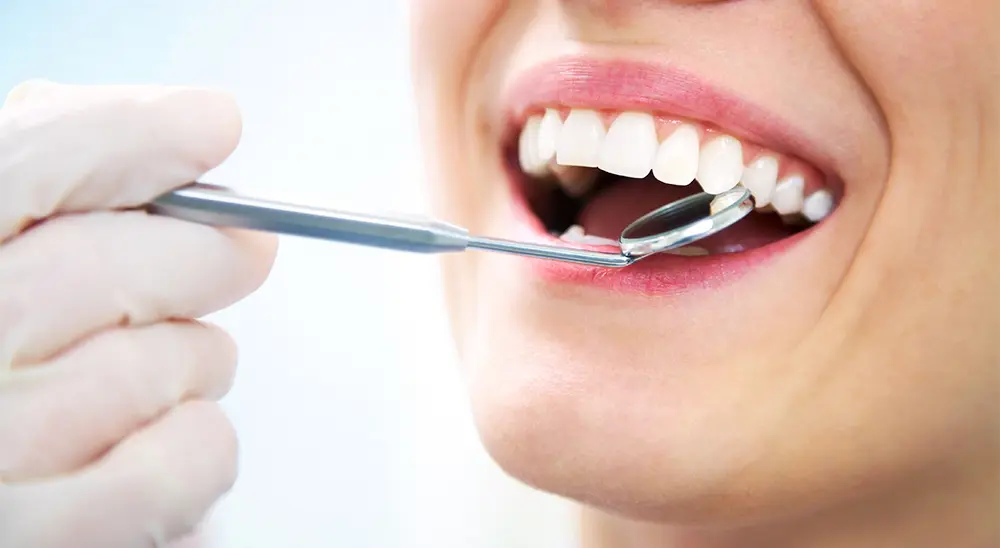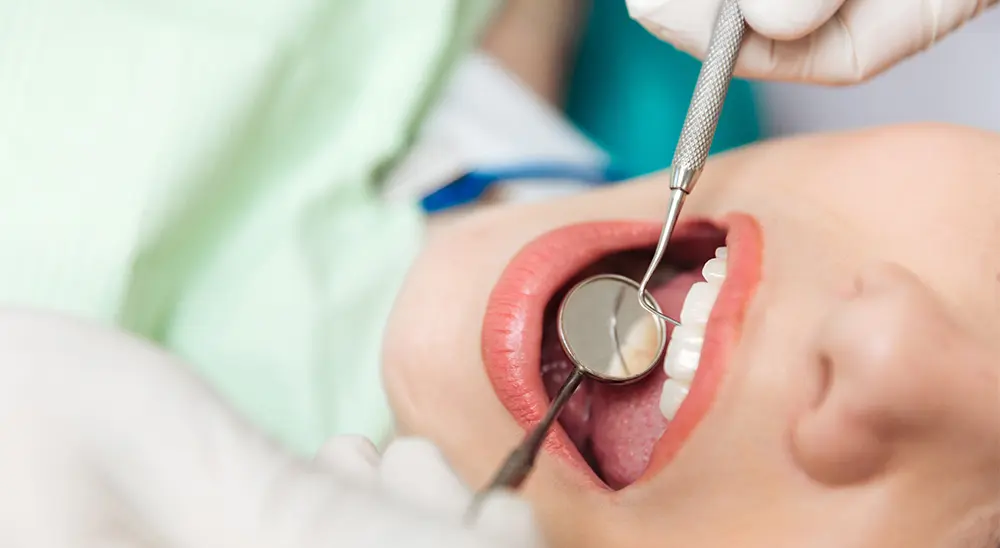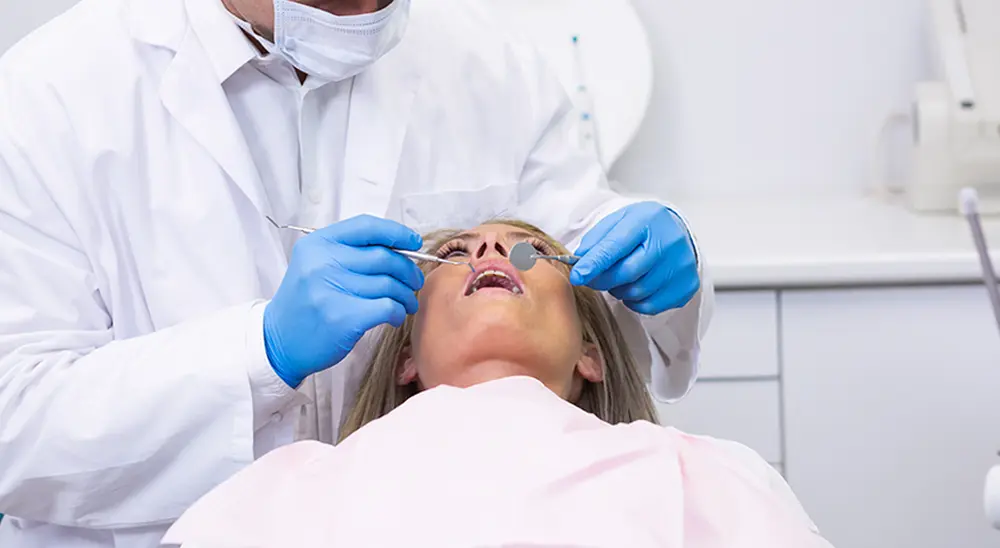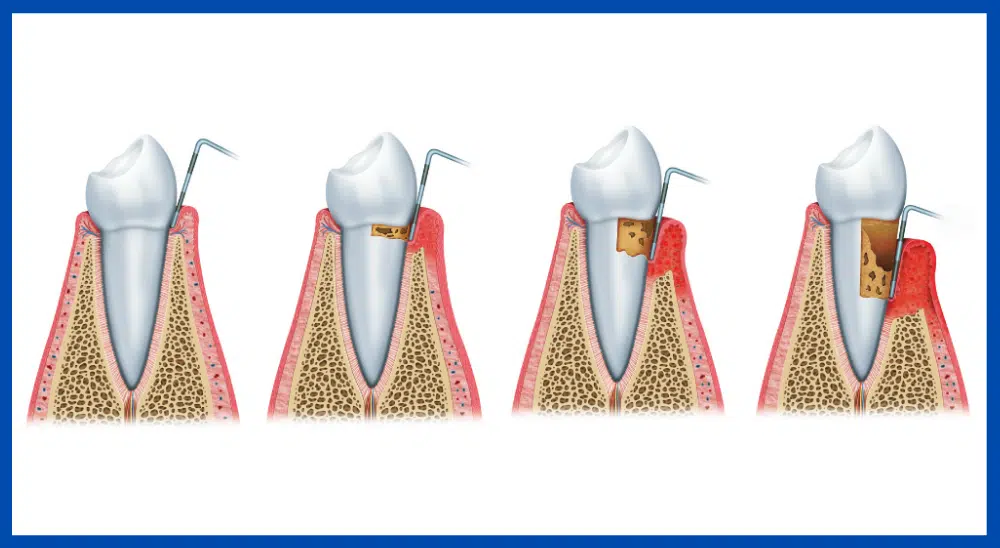
Gum diseases
How to deal with periodontitis?
Studies show that at least 50% of the world’s adult population suffers from gingivitis, which is one of the most common gum diseases. Two out of three patients do not take the appropriate measures to stop the development of the infection and it later develops into periodontitis. How to deal with it? Read in our new article.
What gum diseases exist?
There are two main forms of gum disease – gingivitis and periodontitis.
What is gingivitis and what are the symptoms?
The main symptoms of gingivitis are inflamed, red, and bleeding gums, receding gums, bad breath (halitosis).
When left untreated, periodontitis inevitably results. The toxins from this buildup of bacterial plaque affect the gum tissue, bones, and ligaments that support the teeth. Subsequently, the infection causing periodontitis spreads to the bone and supporting tissues, and this leads to progressive bone loss, shaking, and loss of teeth.
What is periodontitis and what are the symptoms?
Periodontitis is a bacterial infection that affects the tissues surrounding the tooth – gingiva, periodontium, and bone.
Periodontitis manifests itself in three stages: chronic, aggressive, and necrotizing.
Symptoms of periodontitis can be:
– Red, swollen and sensitive gingiva (gums)
– Presence of periodontal pockets (under the gums)
– Bone loss
– Bleeding gums
– Gingival recession (teeth look longer)
– Presence of pus
– Halitosis (bad breath)
– Tooth mobility
How is periodontitis diagnosed?
The diagnosis of periodontitis is performed in a dental office by a dentist.
The dentist will perform a probe using special instruments to determine the depth of the periodontal pockets, the presence of bleeding and pus. He will closely monitor for the presence of caries under the gingiva (gum), as well as for fillings (obturations) with inaccurate edges, which can lead to additional accumulation of plaque.
Then, the dentist will perform a test for the mobility of the teeth, which will determine whether they are normal (as in a healthy person), mild, moderate, severe. Excessive tooth mobility is one of the most indicative signs of periodontal disease.
It is very likely that the attending physician will require a panoramic X-ray, as it is an important indicator for diagnosing the disease. They successfully determine how large the bone loss is.
Treatment of periodontitis
The treatment of periodontitis requires several stages and cooperation on the part of the patient. With proper therapy, the process can be stopped and further bone loss stopped.
The main goal of treatment is to reduce the risk factors so that the infection does not develop.
The first step in the treatment of chronic periodontitis is to teach the patient how to properly take care of their oral hygiene. All plaque-retentive factors (defective fillings, extractions of unpromising teeth, roots, etc.), which can be a place for additional plaque retention, are also removed. It is extremely important to remove the accumulated tartar by ultrasound and special curettes, and the teeth to be polished.
If periodontal health is achieved, regular preventive examinations by your personal dentist are necessary to avoid the progression of the disease. The schedule of examinations is determined by how advanced the process is.
If the above procedures do not give the desired result, open or closed curettage and other surgical periodontal procedures are performed.
If bone loss has already occurred, it cannot be restored naturally, so the only method of regeneration is through bone replacements (grafts).
The last stage of periodontitis is tooth loss. In this case, basal implants could be placed, which are suitable even in patients with periodontitis and very severe bone loss due to this disease.
Prevention of gum disease
– Brush your teeth carefully with a suitable brush and toothpaste at least twice a day, carefully cleaning all tooth surfaces.
– Use dental floss or an interdental brush every day to clean between the teeth, in spaces that the brush cannot reach.
– After brushing your teeth, use an antibacterial mouthwash to prevent the development of bacteria in the oral cavity.
– Rinse the brush thoroughly after use and store it in an upright position.
– Replace the toothbrush every 3 to 4 months



